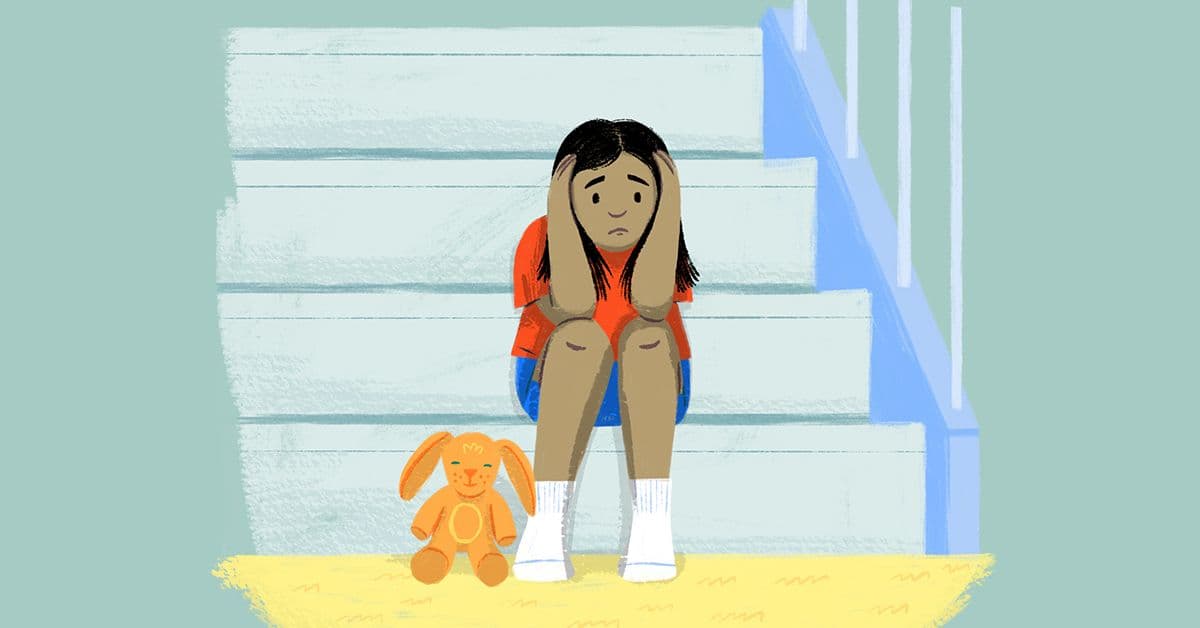Our kids’ behavioral health is in crisis. Here’s what went wrong — Part 1

By Naomi Allen, Jul 13, 2021
Nearly every morning, a new dire headline hits my inbox:
Children’s Hospital of Colorado declares state of emergency over mental health, suicide
(The Gazette)
8-year-olds in despair: The mental health crisis is getting younger
(NYT)
Why we’ve declared a state of emergency for children’s mental health
(US News)
Child mental health crisis ‘magnified’ by COVID, warns UN chief
(United Nations)
Mental health toll from isolation affecting teens on reentry
(AP)
How did we get here?
We’re here because major systemic barriers in our health care system have made it all but impossible to deliver accessible, affordable and quality care to children and teens. The coronavirus pandemic simply brought existing challenges to a head faster than we’d anticipated.
What are those problems? Here are the four major shortcomings of traditional pediatric behavioral health care that have brought us to our current crisis:
1. There’s an acute shortage of pediatric-trained therapists, and almost none of them are in-network with insurance companies
I know from personal experience just how challenging it is to get behavioral health care for a child. When my son started showing signs of needing some support, my husband and I had to make call after call and get referral after referral — only to be put on a six-months-long wait list to see a therapist. We couldn’t find the specialists we needed in-network, so we had to pay hundreds of dollars a session out-of-network — a cost most families simply can’t afford.
Here’s a staggering figure: 70% of U.S. counties have no child psychiatrists at all. What’s more, families today are 10 times more likely to go out-of-network for pediatric behavioral health care than primary care. As a result, the vast majority of kids don’t receive the necessary early interventions that would most benefit them — and about half of all lifetime mental disorders start by a child’s mid‐teens.
2. Parents and caregivers are kept out of the loop
When we finally got my son off wait lists and into care, we weren’t told what outcomes we should be looking for. We had no idea what signs of progress should look like. And we didn’t know what we as his parents could do at home to help our son with his progress. It was a complete black box.
The traditional pediatric behavioral care system doesn’t tell families how to engage, even though dyadic care — in which parents and caregivers are involved in care with their children — is proven to be three times more likely to be effective than care for children by themselves. As a result, parents often feel lost and confused. Many, unable to see signs of progress despite the time and money they’ve devoted to their child’s care, often end treatment prematurely.
3. Few clinicians use evidence-based methods, and less than 20% of therapists track progress towards measurable outcomes for therapy
How do you know if the behavioral care your child is receiving actually follows best practices, is proven to be effective, and — most importantly — works for your child? Within the traditional pediatric behavioral care model, chances are, you simply don’t.
It’s an unfortunate reality today that many children who need to see a behavioral health specialist never actually get to meet with one. Instead, they see only their general pediatricians — 62% of whom admit they could use additional training in mental health. Prescribing medication often becomes the first line of defense. Even when children do get to see behavioral health specialists, fragmented provider networks don’t always implement established evidence-based protocols and systems of measurement.
This situation has led to a stalemate in the behavioral health industry. Health plans are unable to assess the quality of care and as a result, pay providers with relatively low reimbursement rates. But providers, without the financial resources or incentive to invest in measuring outcomes, continue not to assess their quality of care.
4. The burden of coordinating care falls squarely on the shoulders of parents and caregivers
When seeking help for our son, my husband and I had to serve as the go-between for everyone else involved in his care. Talking to the pediatrician about what the psychologist recommended, updating one therapist on another therapist’s recommendations, getting the teacher up to speed — all of that fell entirely on us, his parents.
Insufficient coordination between providers leads to redundancy, frustration, and poor outcomes. Parental or caregiver vigilance, no matter how dedicated, is rarely enough to overcome those challenges and can lead to acute burnout. Working moms in particular often leave their jobs to manage their child’s behavioral health challenges. Between January 2020 and 2021, 1.4 million mothers of school-age children dropped out of the American workforce as a result of the increasing demands of caregiving. __
Addressing these problems isn’t easy, and will require us to redefine how we deliver pediatric behavioral health care in this country and around the world. In my note next month, I’ll focus on how we can overcome these barriers and create a new system that ensures our kids have access to high-quality, affordable behavioral health care.
Stay tuned — and please join the conversation.
Naomi Allen is the co-founder and CEO of Brightline.